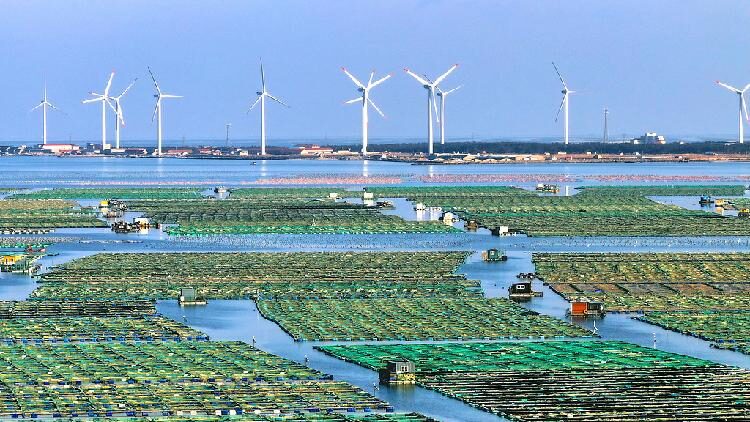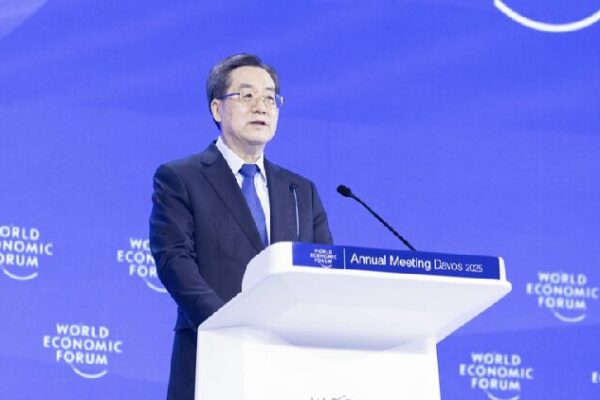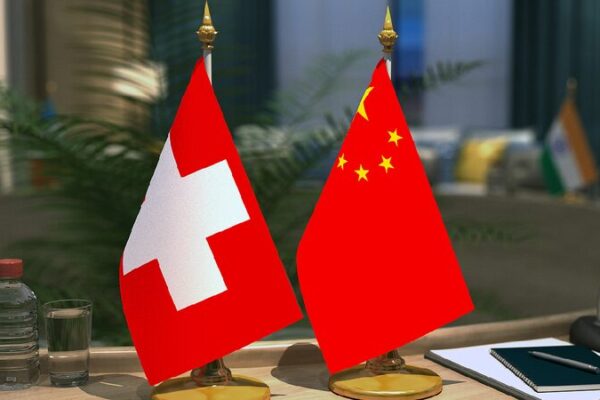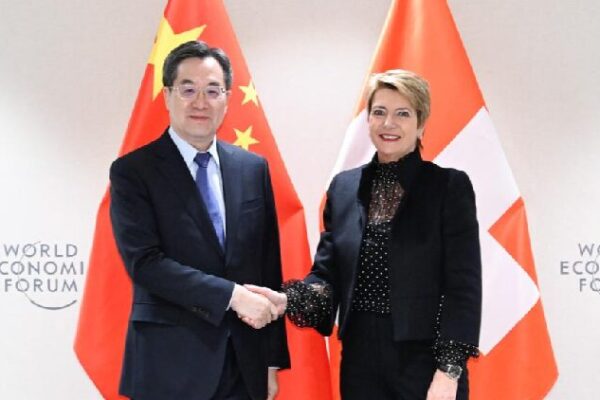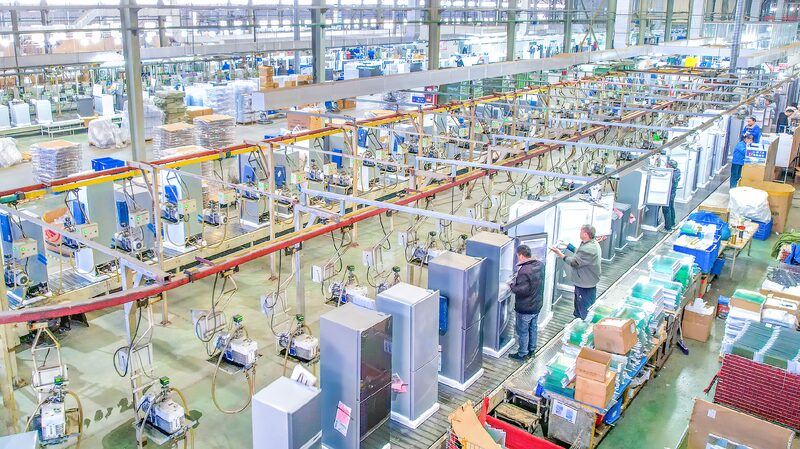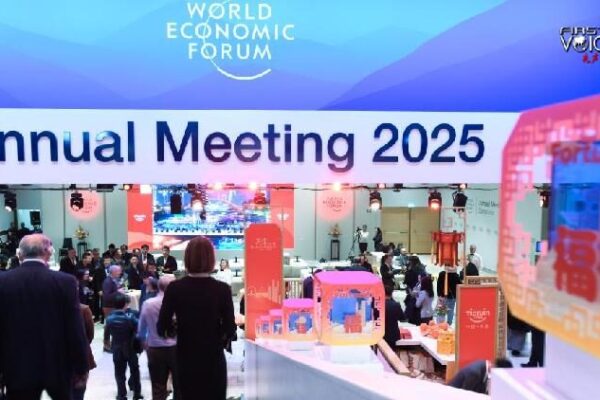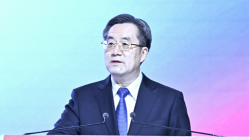China Showcases Tech-Driven Growth and Green Transition at Davos 2025
At the World Economic Forum’s Annual Meeting 2025 in Davos, Switzerland, China’s Vice Premier Ding Xuexiang emphasized the nation’s commitment to technological innovation and green transformation as key drivers of its high-quality development. Addressing global leaders on Tuesday, Ding highlighted China’s steady economic growth and its strategic focus on emerging industries to enhance global competitiveness.
Advancing High-Tech Industries
China is actively reshaping its industrial landscape by investing in future-oriented sectors such as high-tech manufacturing, new energy, digital economy, artificial intelligence, biotechnology, and aerospace. According to the National Bureau of Statistics, China’s research and development (R&D) expenditure surpassed 3.3 trillion yuan (approximately $454 billion) in 2023, marking an 8.4% increase from the previous year. This positions China as a global leader in R&D investment, second only to the United States.
The nation’s innovation index reached 165.3 in 2023, a 6% rise from the previous year. Over 600,000 science and technology-driven enterprises are propelling China’s economy forward, including 14,600 “little giant” firms—small and medium-sized enterprises (SMEs) that are industry leaders. These SMEs, though representing just 3.2% of all small and medium-sized industrial enterprises, contribute to 10.9% of profits, demonstrating their significant impact.
In the realm of artificial intelligence, China leads globally, having filed over 38,000 patents related to generative AI between 2014 and 2023.
Commitment to Green Transformation
Vice Premier Ding also underscored China’s dedication to environmental sustainability and its substantial contributions to combating climate change. China aims to peak carbon dioxide emissions by 2030 and achieve carbon neutrality by 2060. Since 2012, the nation has reduced energy consumption per unit of GDP by over 26% and decreased carbon emission intensity by more than 35%.
China boasts the world’s largest and most comprehensive new energy industrial chain, with renewable energy accounting for over 35% of total power generation. The country produces 70% of the world’s photovoltaic components and 60% of wind power equipment, playing a pivotal role in global green development.
Innovations in the circular economy are also notable. Chinese companies are developing technologies to recycle plastic waste into new materials, such as producing clothing from recycled plastic bottles, which not only reduces environmental impact but also generates economic benefits.
Call for Global Cooperation
Emphasizing the importance of international collaboration, Ding urged nations to strengthen cooperation in the face of rapidly emerging technologies. He advocated for bridging the digital divide, narrowing the development gap between the Global North and South, and fostering an open, inclusive, and non-discriminatory environment for international economic cooperation.
“China’s stable and sound economic development will inject strong and sustained impetus into global economic growth,” Ding stated, reaffirming China’s commitment to contributing positively to the world economy.
Reference(s):
China highlights tech-driven growth, green transition at Davos
cgtn.com
